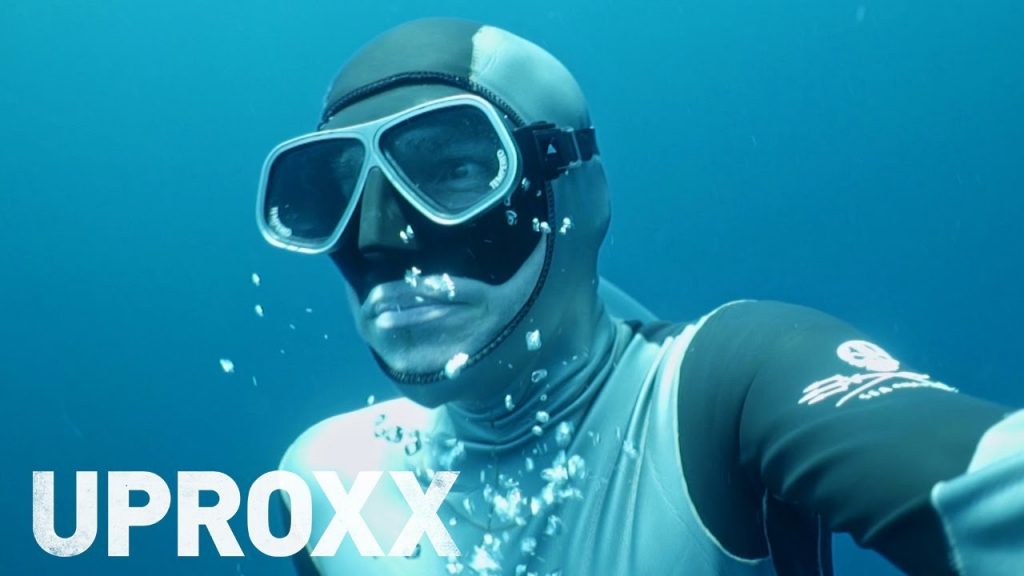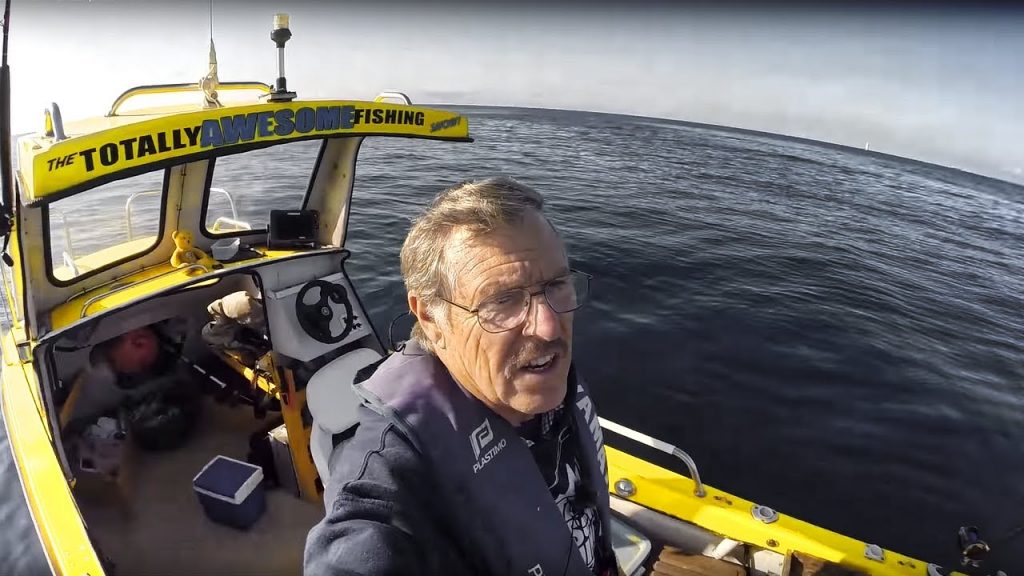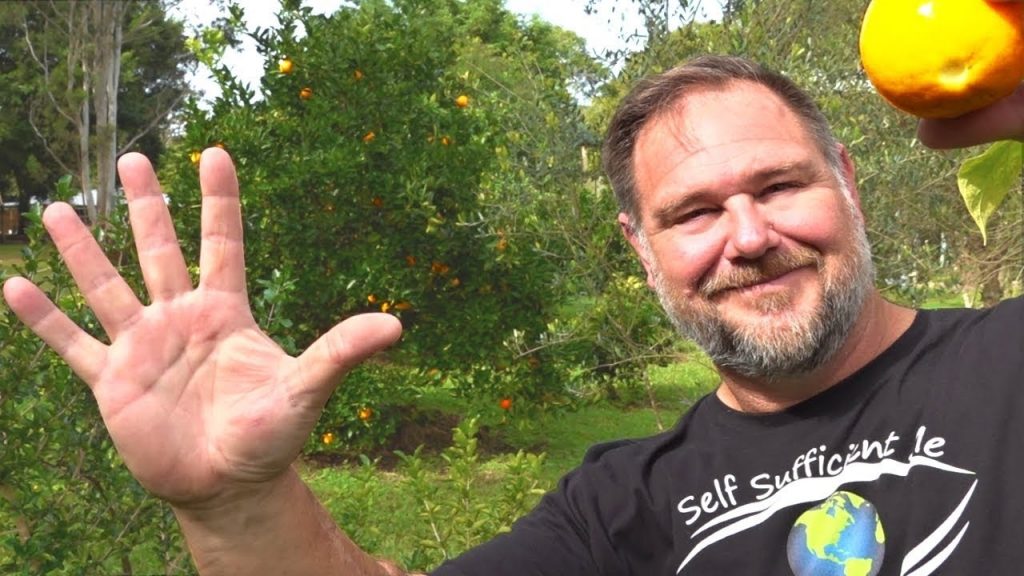Eric Maundu’s home-aquaponics can grow veggies & fish anywhere

Eric Maundu wants to put fish farming in every kitchen, or more specifically, he has created a smart aquaponics system that can be flat packed and set up as easily as IKEA furniture.
He’s also scaled up the aquarium in hopes of reaching urbanites in areas with no local agriculture. On an industrial West Oakland lot, he turned a shipping container into a massive fish tank as part of a large-scale aquaponics setup he hopes can be easily deployed to food deserts.
The tech behind this food-chain self-reliance is aquaponics: a closed-loop system where fish waste from farmed fish provides nutrients for plants grown hydroponically (“without soil”), which in turn purify the water. It uses no pesticides and 10% of the water of conventional plants.
Trained in industrial electronics and computer science, Kenyan-born Maundu has spent the past decade making his systems smarter (i.e. computer-controlled and monitored). “The combination of growing up in deserts and an engineering background puts me in a unique position to address basic human needs using modern technologies”.
Using his custom-made board combining Linux and an Arduino-style chip with more than 10 shields, he relies on sensors to monitor all aspects of an aquaponics garden (pH, water levels, humidity, light, etc). He also uses CNC milling equipment to cut materials to a high level of detail to create aquaponics kits that can be easily assembled at home.
When Maundu found rescue chickens on the street, but couldn’t care for them on a daily basis, he began tinkering to make his coops smarter. He implanted CNC-cut feeders and automated doors so his chicks could free range. It’s all tech he believes could be scaled for an industry looking to provide more free-range options.
How can home-aquaponics help solve food and water crises, according to Eric Maundu?
Eric Maundu’s Home-Aquaponics Can Grow Veggies & Fish Anywhere
Eric Maundu is a Kenyan-American entrepreneur and inventor who is revolutionizing the way people grow food with his home-aquaponics system. Home-aquaponics is a sustainable food-growing system that combines aquaculture (raising fish) and hydroponics (growing plants without soil) in a mutually beneficial way.
Maundu’s home-aquaponics system uses a closed-loop ecosystem where fish and plants are interdependent. Fish waste provides nutrients for the plants, and the plants help clean the water for the fish. The result is a self-sufficient system that requires less water and fertilizer than traditional farming methods.
Maundu’s system can be set up in small spaces, such as a balcony or rooftop, which makes it ideal for urban environments where space is limited. The system is also scalable, meaning it can be adapted to any size or space.
Maundu believes that home-aquaponics has the potential to solve some of the world’s food and water crises. “We have a challenge of growing food sustainably, especially in urban areas,” he says. “But aquaponics is a way to grow food in a closed-loop system, without the need for chemicals or pesticides, and using very little water.”
One of the benefits of home-aquaponics is the ability to grow fresh produce and fish year-round, regardless of the climate. Maundu’s system includes sensors and software that can adjust the temperature, light, and nutrient levels to optimize plant growth.
Maundu’s home-aquaponics system has gained recognition for its innovation and sustainability. He has been featured in numerous publications, including Forbes, National Geographic, and The New York Times. He has also given TED talks about his work and has won numerous awards, such as The Tech Museum of Innovation Award and the Echoing Green Fellowship.
Maundu’s company, Kijani Grows, has made his home-aquaponics system available to consumers, schools, and communities through their online store. The company offers different sizes and configurations to fit different needs and budgets.
In conclusion, Eric Maundu’s home-aquaponics system offers a sustainable and innovative way to grow fresh produce and fish in any environment. His closed-loop system allows for less water usage, no pesticides or chemicals, and year-round growing. This makes home-aquaponics a promising solution for sustainable food and water production in the future.









Parking Lot Fishing! I DISCOVERED an UNDERGROUND River (NEW SPECIES CAUGHT)
Bushcraft trip – natural shelter, drying meat, no sleeping bag, all night fire, homemade axe etc.
How COVID-19 Is Changing US Army Boot Camp
Horrifyingly Mysterious Lakes In The World
This Crazy Tree Grows 40 Kinds of Fruit